Home>diy>Building & Construction>How To Become A Construction Draw Inspector
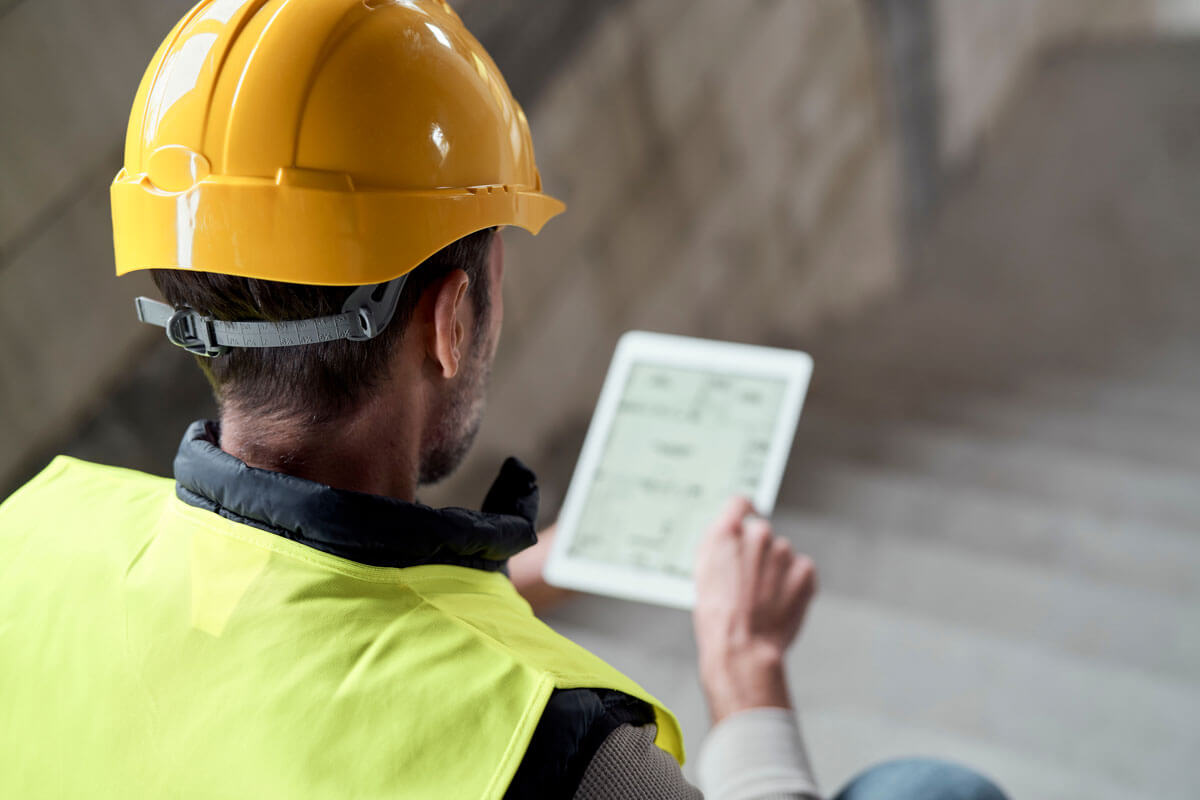

Building & Construction
How To Become A Construction Draw Inspector
Modified: February 25, 2024
Learn how to become a construction draw inspector in the building construction industry. Gain the skills and knowledge needed to evaluate site progress and ensure compliance with construction standards.
(Many of the links in this article redirect to a specific reviewed product. Your purchase of these products through affiliate links helps to generate commission for Storables.com, at no extra cost. Learn more)
Introduction
Welcome to the exciting world of construction draw inspections! If you are someone who has a deep interest in building construction and enjoys ensuring quality and compliance, becoming a construction draw inspector might be the perfect career path for you.
A construction draw inspector plays a vital role in the construction industry by conducting detailed inspections of construction sites at various stages of the project. They are responsible for verifying that the construction work aligns with the approved plans, specifications, and building codes. By ensuring compliance, construction draw inspectors help mitigate risks, ensure the safety of the structure, and protect the interests of lenders, investors, and other stakeholders involved in the construction project.
To become a successful construction draw inspector, you must possess a combination of technical knowledge, attention to detail, and excellent communication skills. This article will provide you with a comprehensive guide on the education and certification requirements, skills and qualifications, understanding construction drawings, inspection process, reporting and documentation, safety guidelines, common challenges, and career outlook in the field of construction draw inspection.
Whether you are a recent high school graduate exploring career options or an experienced professional looking for a new avenue in the construction industry, this article will equip you with the necessary information to pursue a rewarding career as a construction draw inspector.
So, let us delve into the details of this fascinating profession and discover how you can embark on the journey to become a construction draw inspector.
Key Takeaways:
- Construction draw inspectors play a crucial role in ensuring compliance, quality, and safety in construction projects. Their multidimensional responsibilities require technical expertise, attention to detail, and effective communication skills.
- The career outlook for construction draw inspectors is promising, with opportunities for specialization, technological advancements, and career advancement. Overcoming common challenges and prioritizing safety are essential for success in this dynamic profession.
Read more: How To Become A Journeyman Construction
Role of a Construction Draw Inspector
The role of a construction draw inspector is crucial in ensuring that construction projects meet quality standards, adhere to regulations, and progress according to the approved plans and specifications. Let’s explore the key responsibilities of a construction draw inspector:
- Site Inspections: Construction draw inspectors visit construction sites regularly to conduct inspections at different stages of the project. They examine the workmanship, materials, and compliance with building codes and regulations.
- Reviewing Construction Drawings: Construction draw inspectors thoroughly review the construction drawings and specifications to gain a comprehensive understanding of the project. This ensures that they can accurately assess the construction work against the approved plans.
- Documenting Findings: Inspectors document their findings through detailed reports, photographs, and measurements. They carefully note any deviations from the plans, code violations, deficiencies, or delays in the construction process.
- Communication: Effective communication is essential for construction draw inspectors. They liaise with project managers, contractors, architects, and other stakeholders to address any issues, provide recommendations, and ensure that the construction progresses smoothly.
- Quality Assurance: Construction draw inspectors help maintain quality standards by identifying and rectifying any substandard workmanship or materials. They ensure that the construction meets the required specifications and regulations.
- Risk Mitigation: By conducting thorough inspections, construction draw inspectors minimize risks associated with construction projects. They identify potential hazards, such as structural weaknesses or safety violations, and recommend appropriate corrective actions.
- Project Monitoring: As construction progresses, inspectors monitor the project timeline, ensuring that the construction work is on schedule. They also verify that appropriate funds are released at each construction draw stage based on the completed work.
Overall, the role of a construction draw inspector is multidimensional, requiring technical expertise, attention to detail, and effective communication skills. By diligently carrying out their responsibilities, construction draw inspectors contribute to the successful completion of construction projects while ensuring compliance and quality assurance.
Education and Certification Requirements
To pursue a career as a construction draw inspector, certain educational qualifications and certifications are typically required. Here is an overview of the common requirements:
Educational Background: While there is no specific degree required to become a construction draw inspector, a high school diploma or equivalent is typically the minimum educational requirement. However, having a background in construction-related fields such as architecture, civil engineering, or construction management can be beneficial and provide a solid foundation of knowledge.
Certifications and Training: Many construction draw inspectors pursue certifications to enhance their professional credibility and demonstrate their expertise in the field. The most recognized certification in the industry is the Certified Construction Site Inspector (CCSI) offered by the Construction Specifications Institute (CSI) and the American Construction Inspectors Association (ACIA).
In addition to certifications, attending specialized training programs or workshops in construction inspection, building codes, and construction management can further enhance your knowledge and skills as a construction draw inspector.
Continuing Education: Construction draw inspectors need to stay updated with the latest building codes, regulations, and industry practices. Continuing education courses and seminars are available to help professionals stay current and ensure their skills align with the evolving standards in the construction industry.
Local Regulations: Requirements for construction draw inspectors may vary depending on the location and specific jurisdiction. It is important to research and understand the local regulations and licensing requirements in your area to ensure compliance.
While formal education and certifications are valuable, practical experience in the construction industry is also highly beneficial. Many construction draw inspectors gain experience by working in construction companies, architectural firms, or governmental agencies before transitioning into the role of an inspector.
Ultimately, a combination of education, certifications, and practical experience will equip you with the necessary skills and expertise to excel as a construction draw inspector. Continual learning and staying updated with industry advancements will contribute to your professional growth in this field.
Skills and Qualifications
To excel as a construction draw inspector, certain skills and qualifications are essential. Let’s explore the key skills and qualifications that can contribute to your success in this field:
1. Technical Knowledge: A deep understanding of construction techniques, building codes, and regulations is crucial for a construction draw inspector. Familiarity with construction materials, structural systems, and architectural drawings will allow you to assess the quality and compliance of the construction work effectively.
2. Attention to Detail: Construction draw inspectors must have a keen eye for detail to spot any deviations from the approved plans or specifications. They need to carefully review construction drawings, identify discrepancies, and document them accurately in their reports. Attention to detail ensures that the construction project meets quality standards and adheres to regulations.
3. Communication Skills: Effective communication is vital for construction draw inspectors to interact with contractors, project managers, and other stakeholders. They must be able to clearly articulate their findings, provide recommendations, and address any concerns or issues that arise during inspections. Strong written and verbal communication skills will enable effective collaboration and ensure smooth project progression.
4. Problem-Solving Abilities: Construction draw inspectors often encounter challenges or deviations from the approved plans. Being able to think critically and find solutions to these problems is essential. The ability to analyze situations, evaluate options, and make informed decisions will contribute to successful inspections and resolution of any issues that arise.
5. Time Management: Construction projects typically have strict deadlines, and construction draw inspectors need to manage their time effectively. They must be able to plan and prioritize inspections based on project timelines and milestones, ensuring that inspections are conducted at the appropriate stages of construction.
6. Professionalism and Ethics: Construction draw inspectors must uphold high standards of professionalism and ethical conduct. They need to demonstrate integrity, impartiality, and a commitment to objective assessments. This includes treating all parties involved in the construction project fairly and maintaining confidentiality of sensitive information.
7. Physical Fitness: Construction draw inspection often involves visiting construction sites, which can be physically demanding. Inspectors may need to climb ladders, walk on uneven surfaces, and navigate through active construction zones. Good physical fitness is essential to perform the job safely and efficiently.
8. Technology Skills: Construction draw inspectors must be proficient in using technology tools and software for documentation, reporting, and communication. They should be familiar with construction management software, CAD programs, and digital documentation tools to streamline their work processes and enhance efficiency.
Developing and honing these skills, along with acquiring the necessary qualifications and certifications, will equip you with the tools to excel as a construction draw inspector. Continuous professional development and staying abreast of industry advancements are also crucial to adapt to the evolving construction landscape and deliver effective inspections.
Understanding Construction Drawings
Construction drawings are the backbone of a construction project, providing detailed information on how the structure should be built. As a construction draw inspector, having a comprehensive understanding of construction drawings is essential for accurately assessing the construction work. Let’s explore the key components of construction drawings:
1. Architectural Drawings: Architectural drawings are a visual representation of the design and layout of the building. They include floor plans, elevations, sections, and details that illustrate the dimensions, materials, and finishes of the structure. Architectural drawings help inspectors understand the overall design intent and ensure that construction aligns with the approved plans.
2. Structural Drawings: Structural drawings provide detailed information about the structural components of the building. They include plans, sections, and details of beams, columns, slabs, foundations, and other load-bearing elements. Inspectors refer to structural drawings to ensure that the construction work meets the structural requirements and can safely bear the intended loads.
3. Mechanical, Electrical, and Plumbing (MEP) Drawings: MEP drawings depict the layout and specifications of mechanical, electrical, and plumbing systems within the building. They include details on HVAC systems, electrical wiring, plumbing fixtures, and other essential components. Understanding MEP drawings helps inspectors verify the proper installation of these systems and ensure compliance with codes and regulations.
4. Specifications: Specifications provide written instructions and requirements for materials, finishes, construction techniques, and quality standards. They accompany construction drawings and provide additional details that go beyond what is shown in the visual drawings. Inspectors use specifications to ascertain that the construction work meets the specified standards and materials are properly installed.
5. Schedules and Legends: Schedules and legends are supplementary documents that provide specific information about materials, finishes, and equipment used in the construction project. For example, a door schedule lists the types and characteristics of doors used in the building. Inspectors refer to schedules and legends to verify that the specified materials and equipment are being used in the construction.
6. Symbols and Notations: Construction drawings often use symbols and notations to represent various elements and provide additional information. Common symbols include electrical symbols, plumbing symbols, and structural symbols. Inspectors must understand these symbols and notations to interpret the drawings accurately.
7. Revisions and Markups: During the construction process, revisions and markups may be made to the original drawings. These changes could be due to design modifications, coordination issues, or site-specific conditions. Inspectors need to review the revised drawings and verify that the construction work aligns with the most up-to-date information.
By familiarizing themselves with construction drawings and associated documents, construction draw inspectors can effectively assess the construction work, identify any deviations or discrepancies, and ensure compliance with the approved plans, specifications, and codes. It is essential to stay updated with the latest drawing standards and conventions to accurately interpret the drawings and fulfill the responsibilities of a construction draw inspector.
Read more: How To Become A Construction Estimator
Inspection Process
The inspection process is a critical aspect of a construction draw inspector’s role, as it involves thoroughly assessing the construction work to ensure compliance with approved plans and specifications. Here is a step-by-step guide to the inspection process:
1. Pre-Inspection Preparation: Before conducting an inspection, construction draw inspectors review the construction drawings, specifications, and any applicable regulations. They familiarize themselves with the project requirements, milestones, and scope of work to be inspected.
2. Site Visit: Inspectors visit the construction site to physically inspect the progress of the construction work. They assess the completed work against the approved plans and specifications, paying close attention to the quality of materials, workmanship, and compliance with building codes.
3. Documentation: During the inspection, inspectors document their findings systematically. They take photographs, measurements, and notes to provide a comprehensive record of the construction progress. Accurate and detailed documentation is essential for reporting and addressing any discrepancies or issues identified during the inspection.
4. Verification of Construction Work: Inspectors carefully verify that the completed work aligns with the approved plans. They check for proper installation of structural elements, adherence to architectural and MEP drawings, and compliance with specifications and building codes. Inspectors may also conduct tests, such as material strength or water leakage tests, if required.
5. Communication and Reporting: Inspectors communicate their findings and observations to the project stakeholders. They provide detailed reports that identify any deviations, deficiencies, or code violations observed during the inspection. These reports may include recommendations for corrective actions, if necessary.
6. Repeat Inspections: Depending on the construction project’s complexity and duration, multiple inspections may be required at different stages. The construction draw inspector conducts subsequent inspections to ensure that any previously identified issues have been resolved and that the construction work meets the required standards.
7. Collaboration and Conflict Resolution: Inspectors work collaboratively with contractors, project managers, and other stakeholders to address any issues or conflicts that arise during inspections. They provide guidance and recommendations to ensure that the construction progresses smoothly while maintaining compliance with regulations.
8. Final Inspection and Approval: Once all construction work is completed, the construction draw inspector conducts a final inspection. They verify that all requirements have been met, and the construction aligns with the approved plans, specifications, and regulatory standards. If satisfied with the results, the inspector approves the project for the next phase or final completion.
Throughout the inspection process, construction draw inspectors play a crucial role in ensuring that the construction work adheres to the approved plans and specifications. By diligently following the established inspection procedures, inspectors contribute to the overall quality, safety, and compliance of the construction project.
Tip: To become a construction draw inspector, gain experience in construction and building codes, and consider obtaining a certification such as the Certified Construction Draw Inspector (CCDI) designation.
Reporting and Documentation
Reporting and documentation are integral aspects of a construction draw inspector’s role. Accurate and detailed reports provide a comprehensive record of the construction progress, any deviations from the approved plans, and necessary recommendations. Let’s explore the key components of reporting and documentation:
1. Detailed Inspection Reports: Construction draw inspectors prepare detailed reports summarizing their findings, observations, and assessments during the site inspections. These reports include information on the quality of workmanship, compliance with building codes and specifications, and any deficiencies or issues identified.
2. Clear Documentation: Inspectors document their inspections and observations through clear and concise notes. They use specific language, measurements, and appropriate terminology to accurately describe the construction work and any discrepancies found. Clarity is crucial to ensure that the information is easily understood by project stakeholders.
3. Accurate Measurements and Photographs: Inspectors take accurate measurements and photographs to provide visual evidence of their findings. Measurements help quantify any deviations from the approved plans, while photographs serve as visual documentation of the construction work at various stages. This evidence strengthens the credibility of the inspection reports.
4. Compliance Checks: Inspectors document compliance checks by referring to the approved plans, specifications, and applicable building codes. They note areas where the construction work deviates from what is required and identify the specific code or specification that has not been met.
5. Recommendations for Corrective Actions: If inspectors identify any deficiencies or code violations, they provide recommendations for corrective actions. These recommendations may include specific steps to address the issues, ensuring that the construction work aligns with the approved plans and meets the necessary standards.
6. Timely Reporting: Inspectors must submit their reports in a timely manner. Prompt reporting ensures that project stakeholders receive up-to-date information and can take necessary actions to address any identified issues. Timeliness also helps maintain the construction project’s progress and prevents delays.
7. Collaboration and Communication: Inspectors collaborate with project stakeholders, including contractors, architects, and project managers, to ensure effective communication and understanding of the inspection findings. Open communication channels facilitate the resolution of any discrepancies or issues, ultimately contributing to the successful completion of the construction project.
8. Confidentiality: Inspectors handle sensitive information and must maintain confidentiality. They respect the privacy and proprietary information of the project stakeholders while ensuring the accurate and transparent reporting of their inspection findings.
Constructive and thorough reporting, supported by meticulous documentation, allows project stakeholders to take appropriate actions to address any identified issues promptly. The comprehensive record of inspections and findings serves as valuable documentation for future reference, ensuring accountability and compliance throughout the construction process.
Safety Guidelines for Inspecting Construction Sites
Inspecting construction sites for draw inspections involves visiting active construction zones, which can present various hazards. It is crucial for construction draw inspectors to prioritize safety at all times. Here are some important safety guidelines to follow when inspecting construction sites:
1. Personal Protective Equipment (PPE): Always wear the appropriate personal protective equipment, including hard hats, safety glasses, high-visibility vests, gloves, and steel-toed boots. PPE helps protect against potential hazards such as falling objects, flying debris, and slips or trips.
2. Familiarity with Safety Standards: Have a thorough understanding of construction site safety standards and regulations. Stay up-to-date with occupational health and safety guidelines, including those provided by local regulatory bodies. Follow guidelines related to fall protection, hazardous materials handling, and other applicable safety measures.
3. Site Access and Entry Procedures: Adhere to site access and entry procedures provided by the construction site management. Sign in and out, receive site-specific safety orientations, and follow any specific protocols that may be in place to ensure a safe entry and exit from the site.
4. Hazard Identification and Reporting: Continuously survey the construction site for potential hazards, such as unsecured materials, incomplete structures, or unsafe conditions. Report any identified hazards to the appropriate personnel and take necessary precautions to protect yourself and others from potential harm.
5. Stay Aware of Surroundings: Pay close attention to your surroundings and be mindful of moving equipment, heavy machinery, and construction activities in progress. Maintain a safe distance from ongoing construction work and equipment to avoid accidents and collisions.
6. Stay on Designated Walkways and Safe Zones: Follow designated walkways and safety pathways to minimize the risk of accidents. Stay within designated areas and avoid venturing into restricted zones without proper authorization.
7. Communicate and Coordinate: Maintain clear communication with contractors, project managers, and other individuals on the construction site. Coordinate with them to ensure your safety and the safety of others during inspections. Communicate any concerns or potential risks that arise during the inspection process.
8. Work Safely at Heights: When working at heights or inspecting elevated areas, ensure that proper fall protection systems are in place. Use guardrails, harnesses, and proper anchorage points to prevent falls. Follow all applicable regulations and guidelines related to working at heights.
9. Minimize Distractions: Avoid distractions during site inspections. Focus on your surroundings and the tasks at hand. Avoid using mobile devices or engaging in activities that can divert your attention from potential safety hazards.
10. Emergency Preparedness: Familiarize yourself with emergency evacuation procedures, first aid stations, and fire extinguisher locations on the construction site. Be prepared to respond quickly and appropriately in the event of an emergency, and report any potential hazards that could compromise safety during emergencies.
Following these safety guidelines will help ensure that construction draw inspectors can carry out their inspections effectively while maintaining their own safety and the safety of others on the construction site. Prioritizing safety sets a positive example for the entire construction team and helps create a culture of safety in the industry.
Common Challenges Faced by Construction Draw Inspectors
Being a construction draw inspector comes with its fair share of challenges. It is important to anticipate and be prepared to overcome these challenges to ensure successful inspections and promote the overall progress of the construction project. Here are some common challenges faced by construction draw inspectors:
1. Compliance with Building Codes: One of the primary challenges for construction draw inspectors is ensuring that the construction work complies with local building codes and regulations. Building codes evolve over time, and ensuring that all construction activities adhere to the latest standards can be demanding. Staying updated with the applicable codes and regulations is crucial to address this challenge effectively.
2. Coordination and Communication: Effective coordination and communication among all parties involved in the construction project is essential for timely and successful inspections. Inspectors often face challenges in coordinating with contractors, architects, and project managers. Clear and open lines of communication facilitate a smoother inspection process and enable prompt resolution of any issues or discrepancies.
3. Managing Multiple Projects: Construction draw inspectors often work on multiple projects simultaneously. Managing the workload, prioritizing inspections, and ensuring timely completion of reports can be a challenge. Effective time management and organizational skills are necessary to handle the demands of multiple projects efficiently.
4. Site Safety: Inspecting construction sites comes with inherent safety risks. Navigating through active construction zones, working at heights, and encountering potential hazards require constant vigilance. Construction draw inspectors must prioritize their own safety by following appropriate safety protocols and wearing the required personal protective equipment (PPE).
5. Dealing with Construction Challenges: Construction projects often encounter unforeseen challenges such as design changes, construction delays, or material shortages. Inspectors need to adapt to these challenges and make informed decisions to accommodate the necessary adjustments without compromising safety or compliance.
6. Resolving Conflicts: Inspectors may encounter conflicts or disputes among project stakeholders. Resolving disagreements between contractors, architects, or other parties can be challenging. Constructive communication, mediation skills, and a diplomatic approach are important in successfully navigating conflicts and promoting resolution.
7. Documenting and Managing Findings: Accurate documentation of inspection findings is crucial for maintaining comprehensive records and ensuring that necessary corrective actions are taken. However, effectively managing and organizing the documentation process and ensuring that all findings are properly recorded can be a challenge. Implementing efficient documentation systems and maintaining attention to detail is essential.
8. Adapting to Technological Changes: As technology continues to advance, construction draw inspectors must adapt to new tools and software used in building construction and inspection processes. Keeping abreast of the latest technology trends and acquiring the necessary skills to effectively use these tools can be a challenge for some inspectors.
By acknowledging and proactively addressing these common challenges, construction draw inspectors can enhance their effectiveness and efficiency in conducting inspections. Developing strong problem-solving, communication, and time management skills, along with continuous professional development, can help overcome these challenges and ensure successful inspections on construction projects.
Read more: How To Become A Construction Lawyer
Career Outlook and Advancement Opportunities
The career outlook for construction draw inspectors remains optimistic as the demand for infrastructure and construction projects continues to grow. Advancements in technology, increased emphasis on regulatory compliance, and the need for quality assurance in construction projects contribute to the strong demand for skilled construction draw inspectors. Here is an overview of the career outlook and advancement opportunities in this field:
Career Outlook: The construction industry is projected to experience steady growth in the coming years, creating a favorable career outlook for construction draw inspectors. As the complexity of construction projects increases, the need for meticulous inspections to ensure compliance and quality becomes critical. This demand extends to various sectors, including residential, commercial, industrial, and infrastructure construction.
Advancements in Technology: Technology is transforming the field of construction draw inspection. Advanced software, drones, laser scanning, and building information modeling (BIM) systems are increasingly being used to enhance the inspection processes. Construction draw inspectors who adapt to and embrace these technological advancements will have a competitive edge and better career prospects.
Growing Emphasis on Compliance and Quality: With the increasing focus on regulations and building codes, contractors, lenders, and investors recognize the importance of thorough construction draw inspections. Construction draw inspectors play a vital role in ensuring compliance with codes, regulations, and project specifications. Their expertise in quality assurance and adherence to standards make them indispensable in the construction industry.
Specialization and Continued Education: Construction draw inspectors who specialize in specific areas, such as environmental compliance, sustainability, or accessibility, can pursue additional certifications or training to enhance their expertise. Continued education and professional development in specialized areas allow inspectors to offer unique services and increase their marketability.
Management and Leadership Roles: Experienced construction draw inspectors have the opportunity to advance into management and leadership positions. These roles involve overseeing a team of inspectors, managing projects, and providing guidance in the inspection process. Leadership positions allow professionals to contribute to strategic decision-making, mentor new inspectors, and make a broader impact within the construction industry.
Career Advancement Path: Construction draw inspectors can advance their careers by expanding their knowledge and skills in related fields such as construction management, project management, or building code enforcement. Acquiring additional certifications and pursuing higher education can open doors to more senior roles and increased responsibilities.
Entrepreneurship: Some construction draw inspectors choose to start their own inspection businesses, offering independent inspection services to construction companies, lenders, and investors. Entrepreneurial ventures provide the autonomy to manage and grow their businesses while offering specialized services and building a reputation in the industry.
Overall, the career outlook for construction draw inspectors is promising. The demand for their expertise, attention to detail, and commitment to quality assurance remains high in the construction industry. By staying updated with technological advancements, specializing in specific areas, and continuously improving their skills, construction draw inspectors can capitalize on the abundant career opportunities available and contribute to the success of construction projects in the years to come.
Conclusion
In conclusion, a career as a construction draw inspector offers a rewarding and challenging path for individuals with a passion for building construction and a keen eye for detail. The role of a construction draw inspector is vital in ensuring compliance with building codes, regulations, and project specifications, ultimately contributing to the safety and quality of construction projects.
To excel in this field, individuals must possess a combination of technical knowledge, excellent communication skills, and a commitment to upholding high standards of professionalism and ethics. Education, certifications, and practical experience in the construction industry play crucial roles in becoming a successful construction draw inspector.
Inspectors must have a comprehensive understanding of construction drawings, specifications, and building codes to accurately assess construction work. The inspection process involves thorough site visits, documentation of findings, and effective communication with project stakeholders.
Safety is paramount in construction draw inspections. Inspectors must prioritize their personal safety by wearing appropriate protective equipment and adhering to site-specific safety guidelines. They must also be aware of potential hazards and maintain clear communication and coordination to ensure a safe working environment.
Common challenges faced by construction draw inspectors include compliance with building codes, coordination and communication, managing multiple projects, site safety, and dealing with construction-related challenges. By developing problem-solving skills, effective communication techniques, and staying updated with the latest industry advancements, inspectors can overcome these challenges and enhance their effectiveness.
The career outlook for construction draw inspectors is optimistic, thanks to the continuous growth of the construction industry. Advancements in technology, increased emphasis on compliance and quality assurance, and opportunities for specialization and career advancement contribute to a promising future in this field.
In summary, becoming a construction draw inspector requires dedication, knowledge, and perseverance. By continuously honing their skills, staying updated with industry standards, and demonstrating a commitment to quality and safety, construction draw inspectors can thrive in this dynamic and rewarding profession.
Frequently Asked Questions about How To Become A Construction Draw Inspector
Was this page helpful?
At Storables.com, we guarantee accurate and reliable information. Our content, validated by Expert Board Contributors, is crafted following stringent Editorial Policies. We're committed to providing you with well-researched, expert-backed insights for all your informational needs.
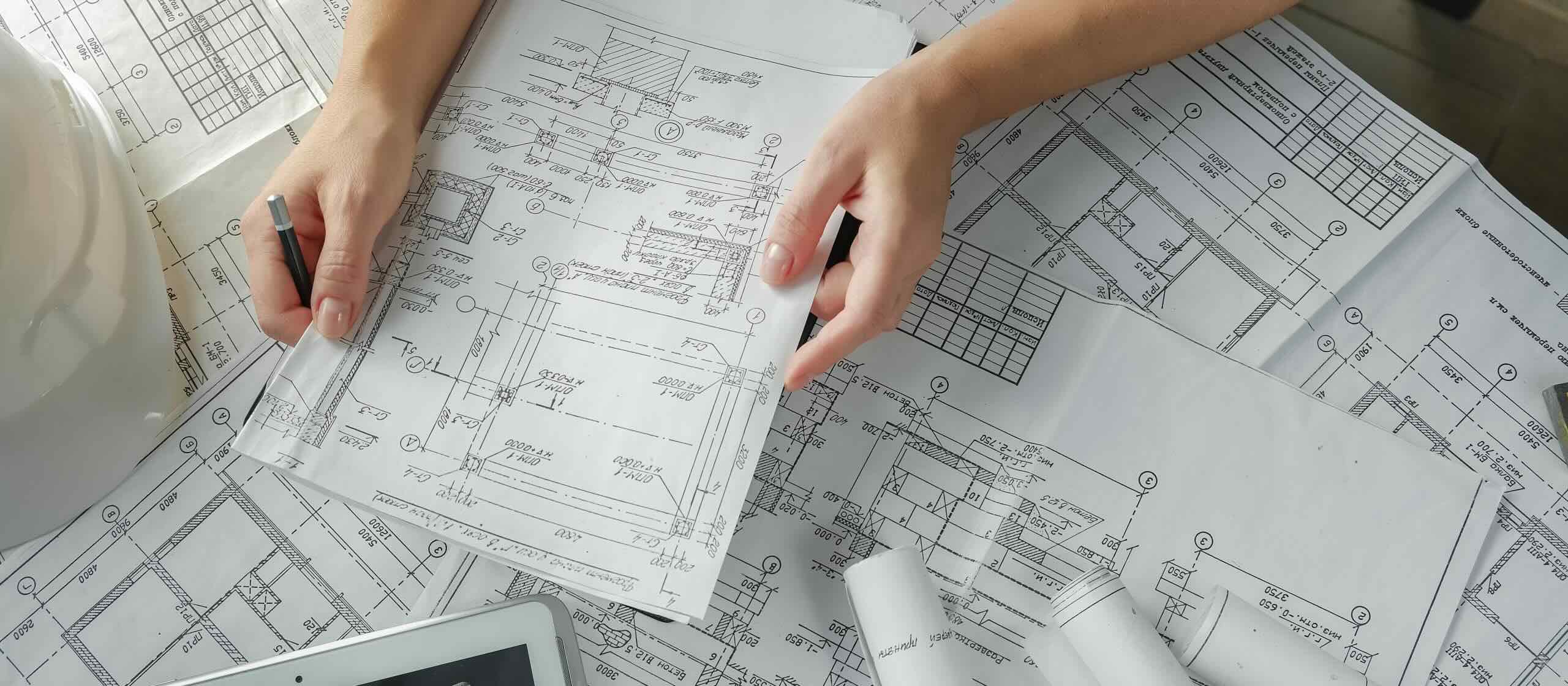
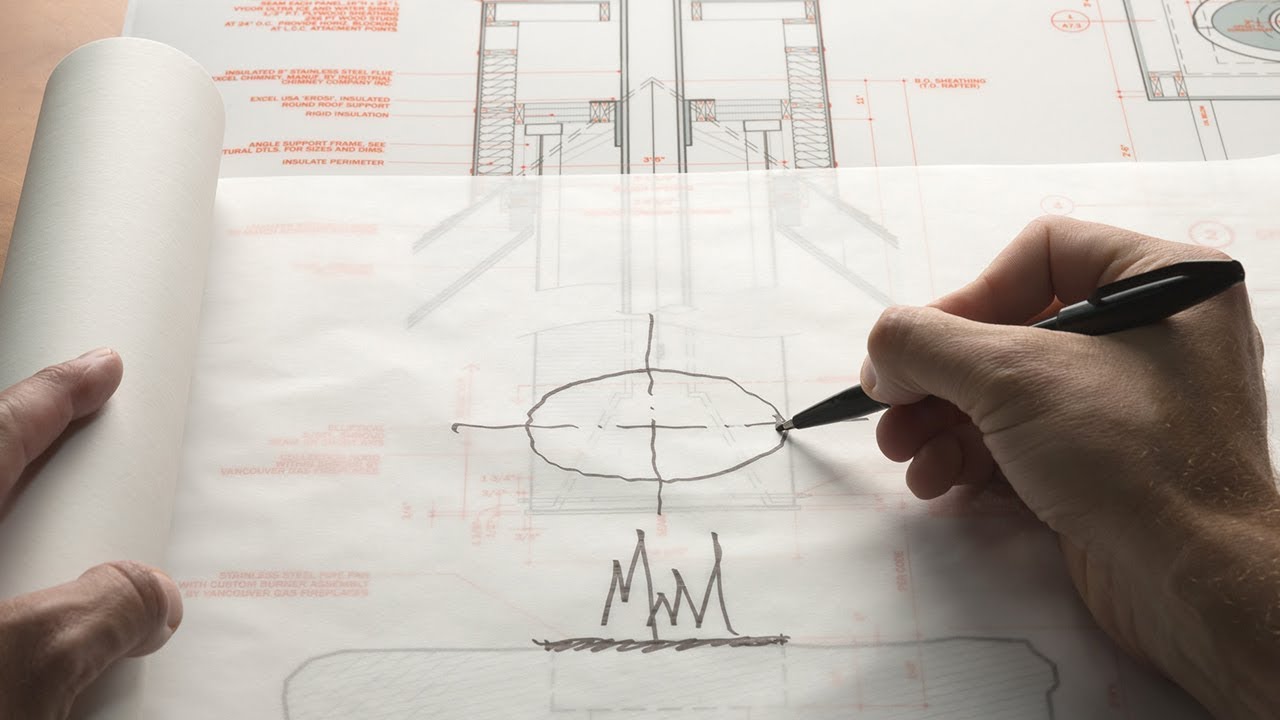
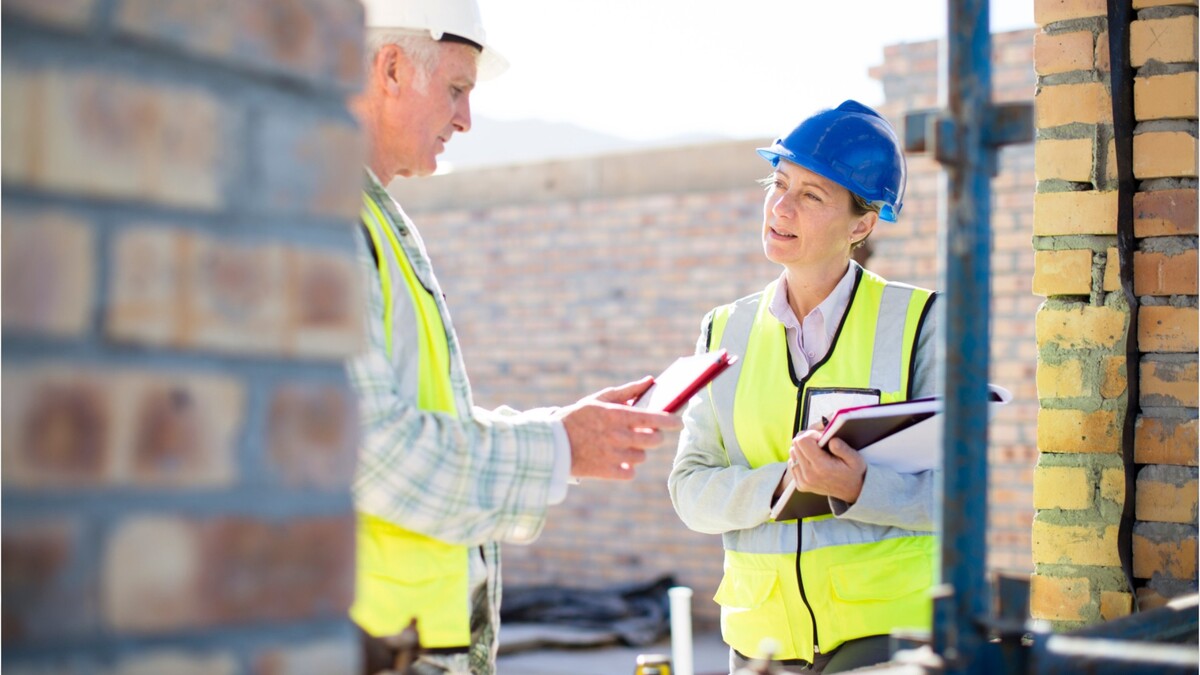
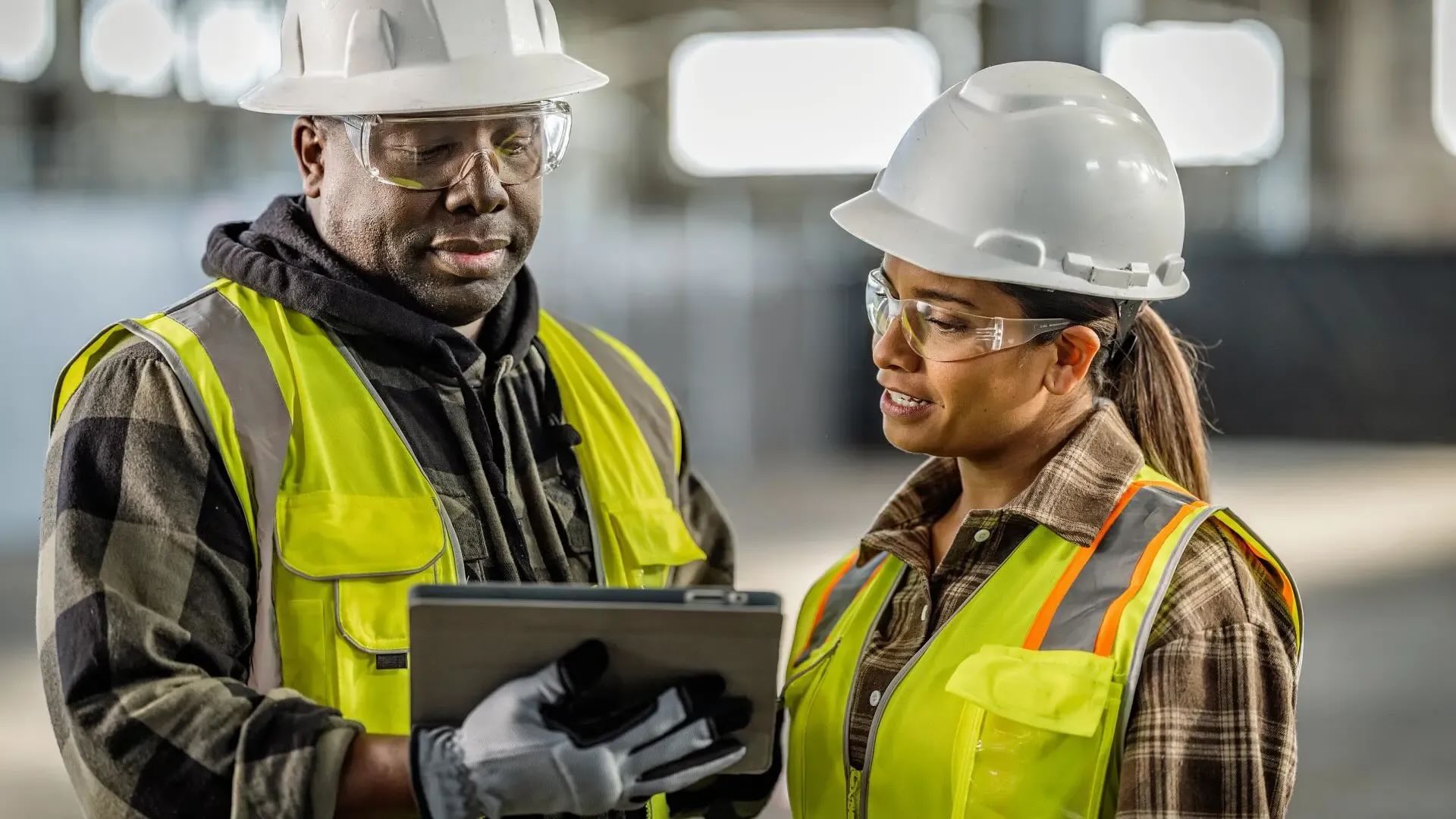
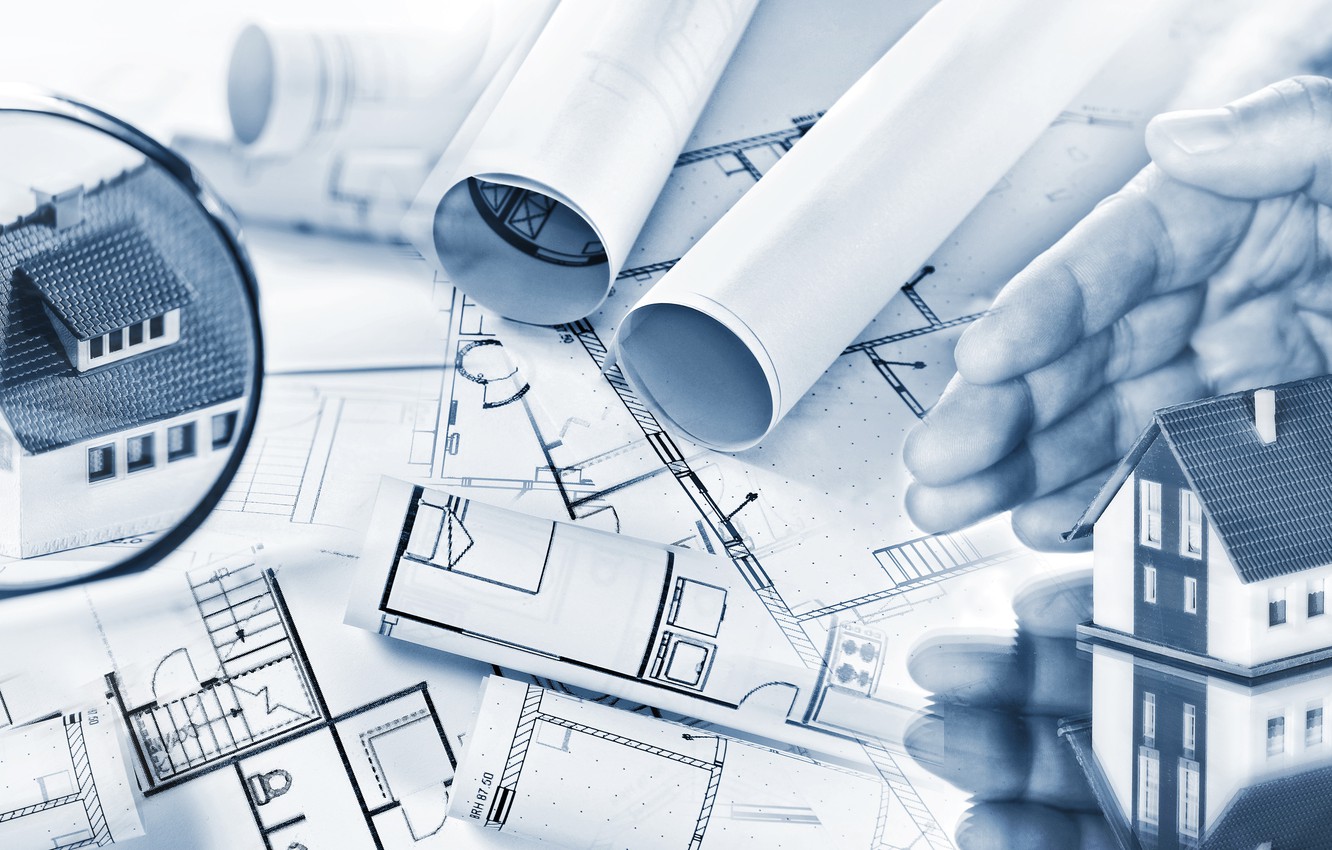
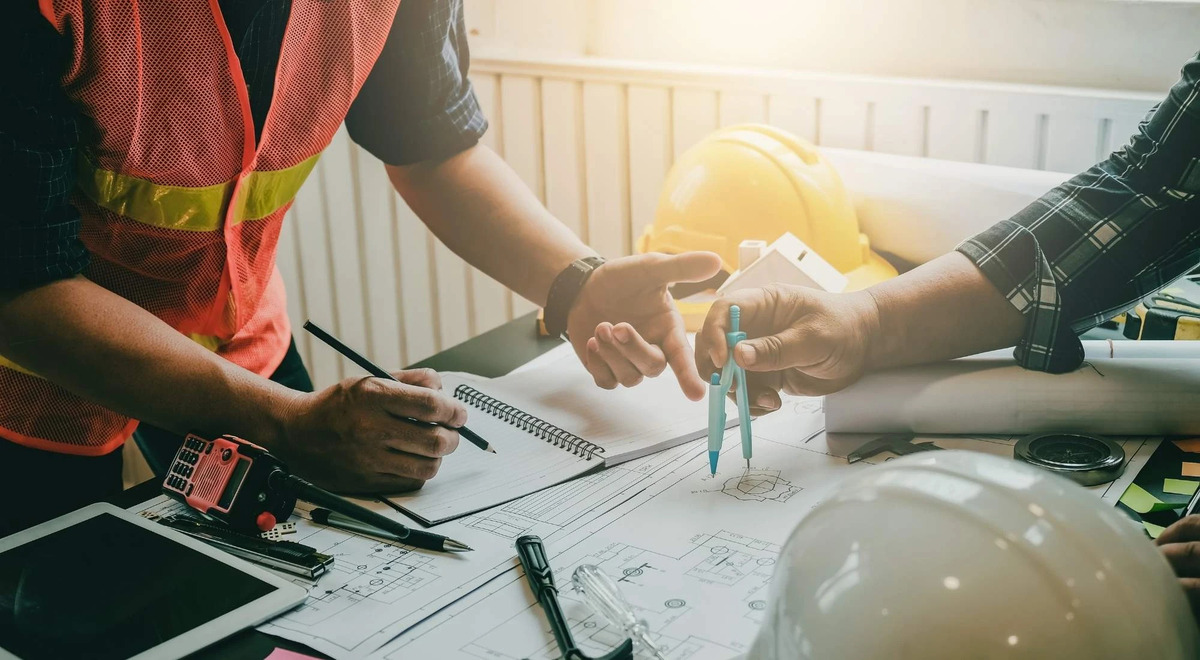
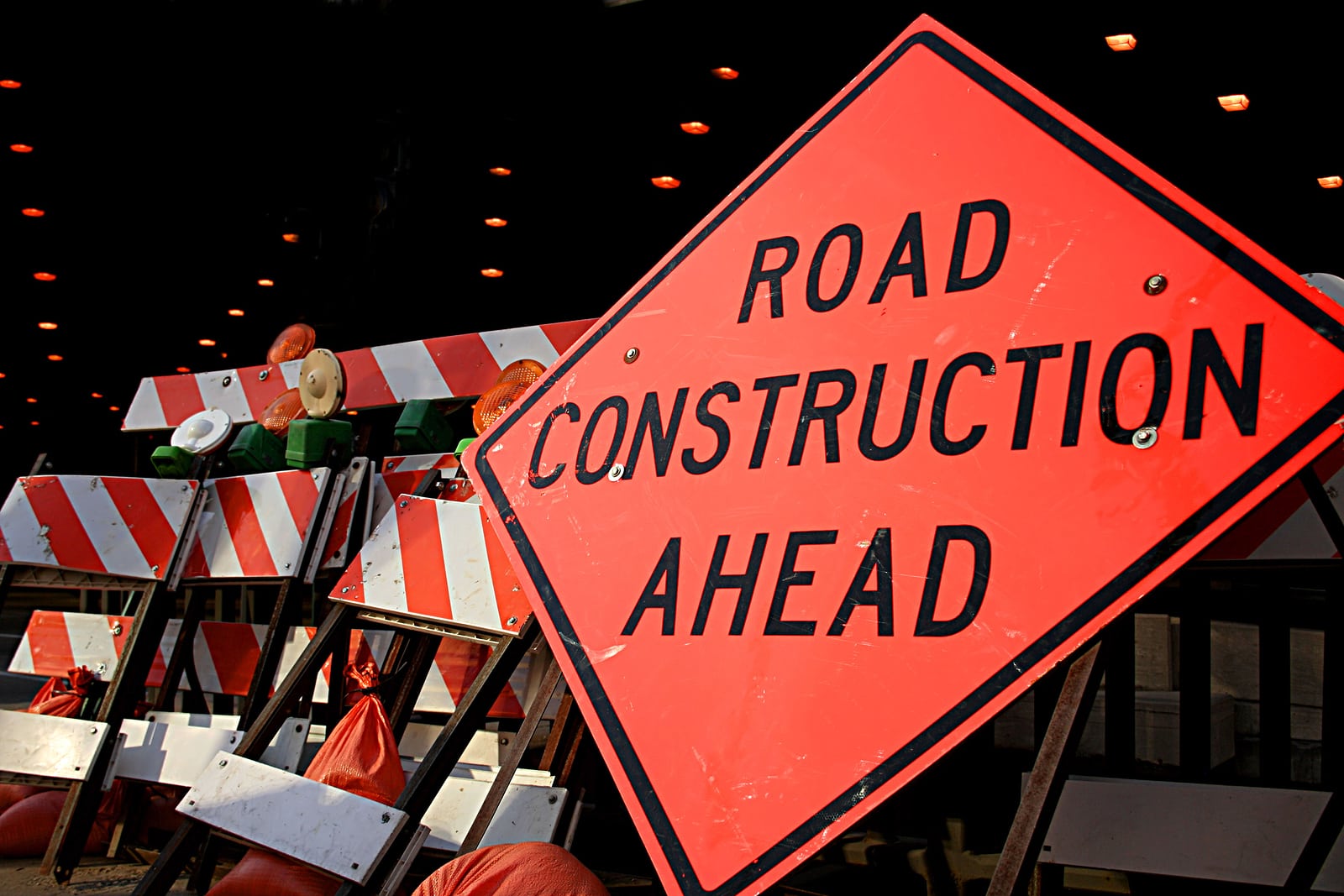
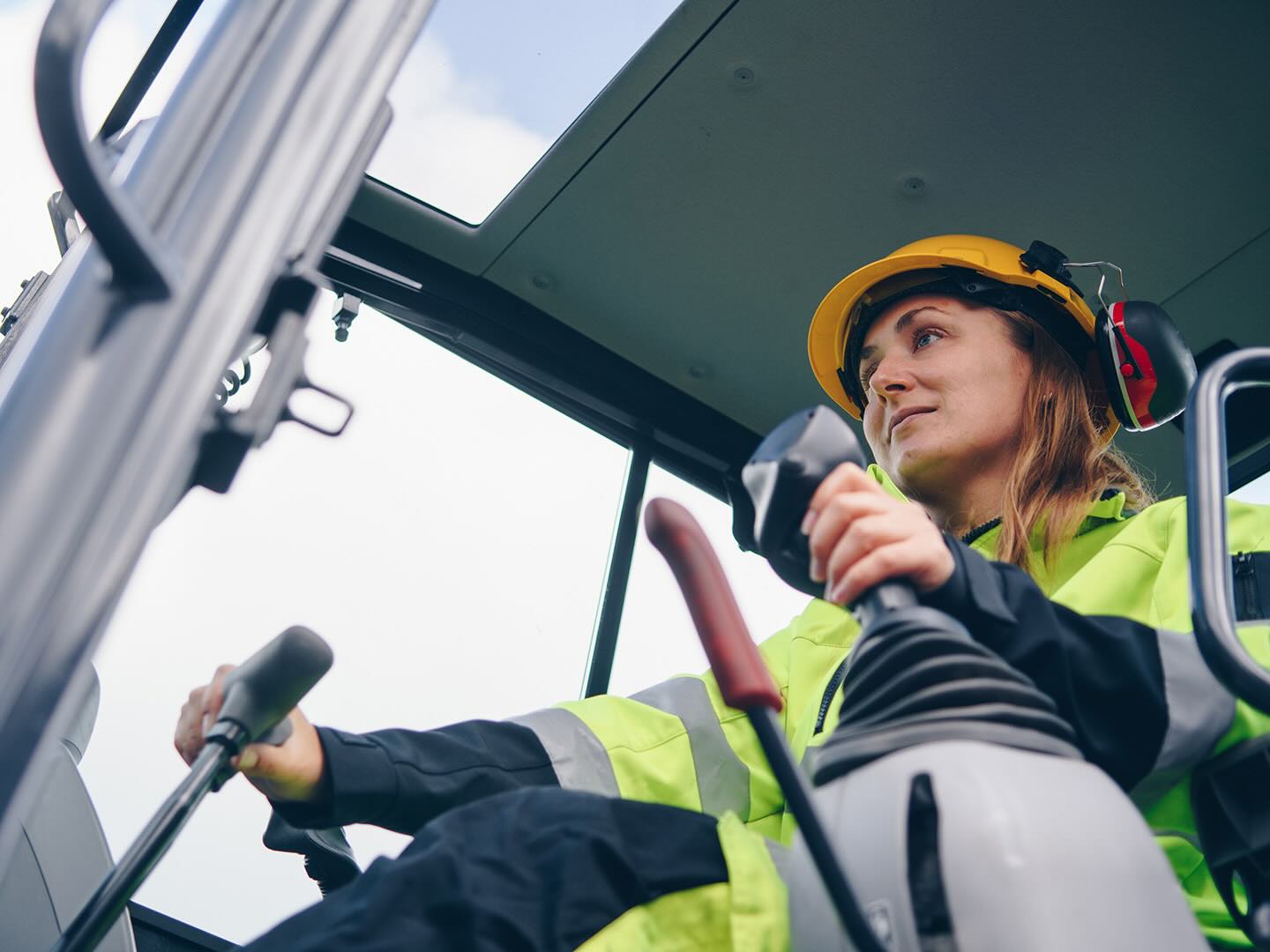
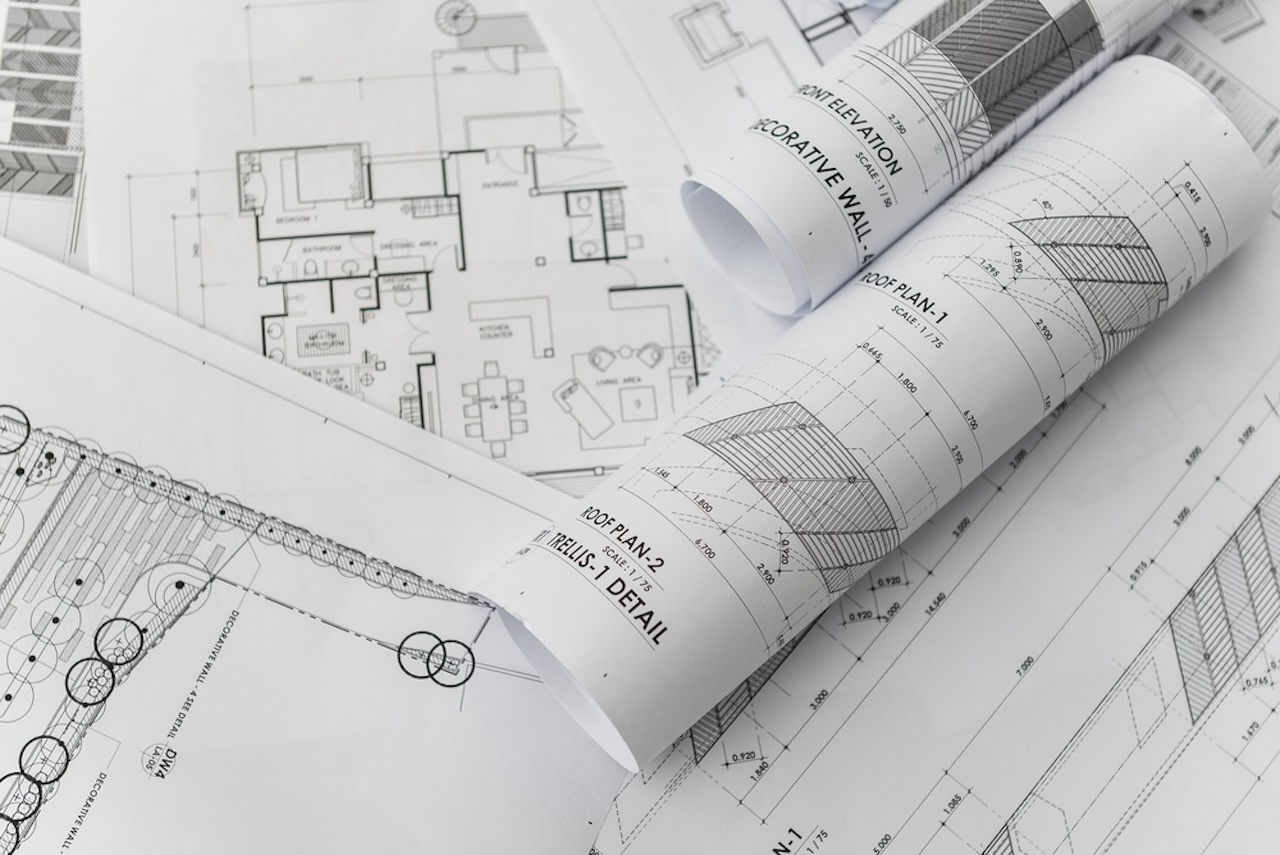
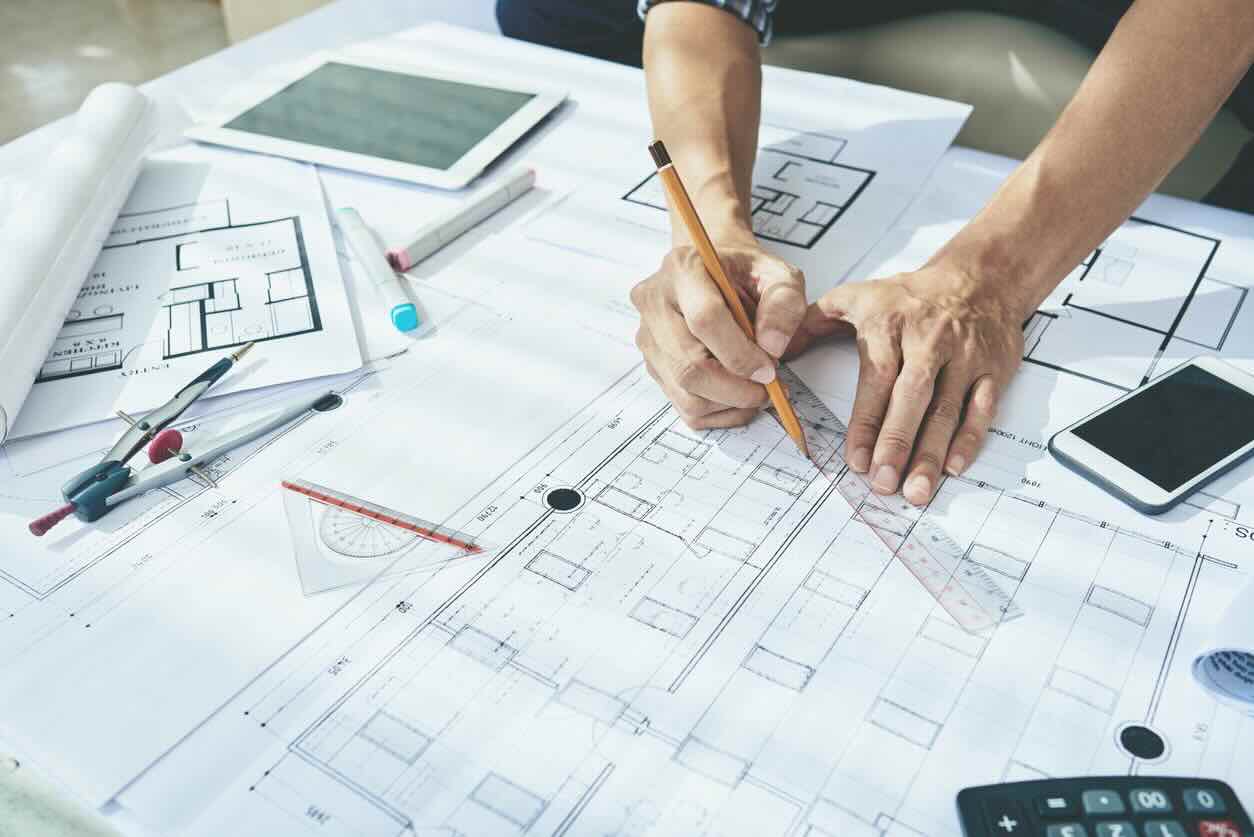
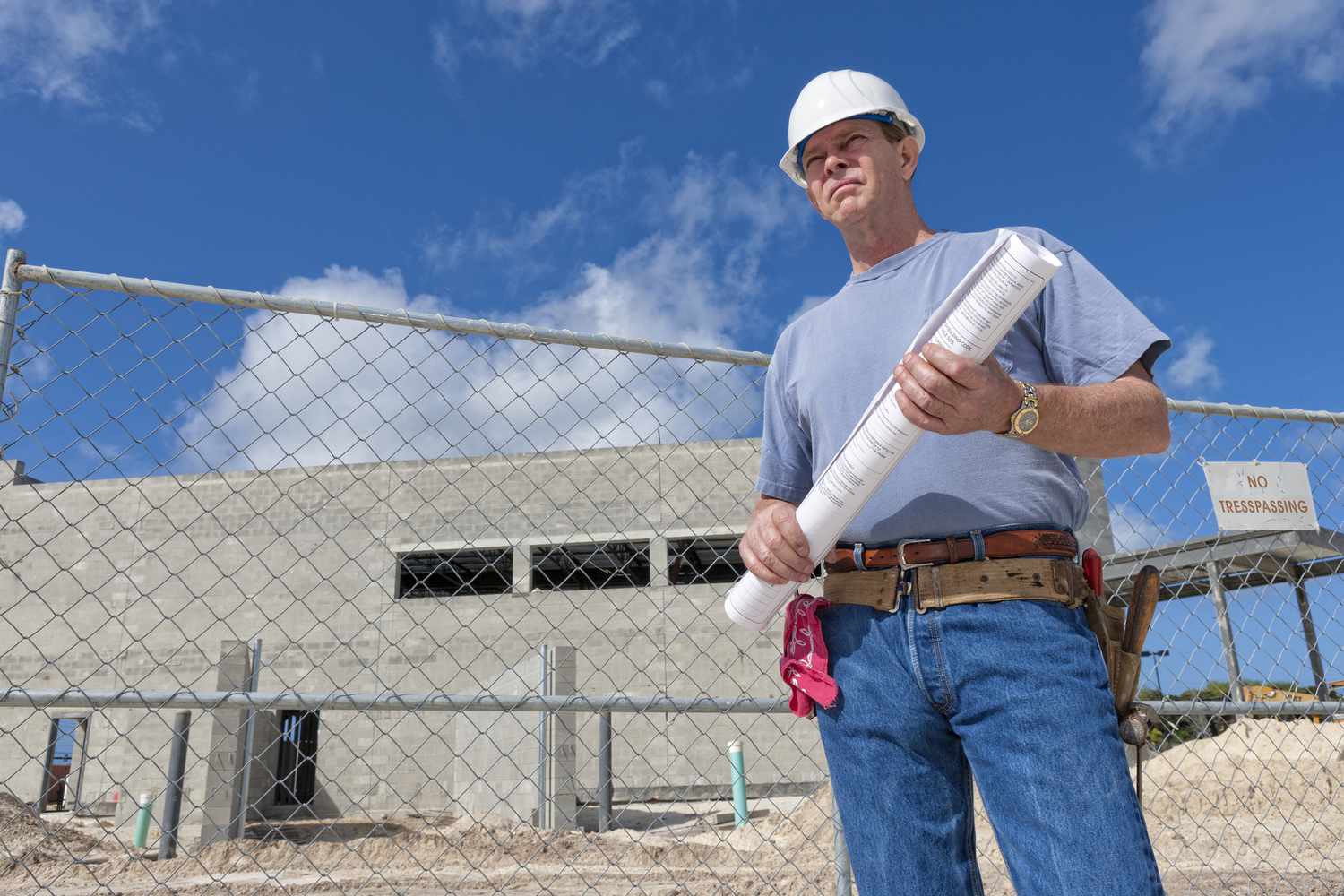
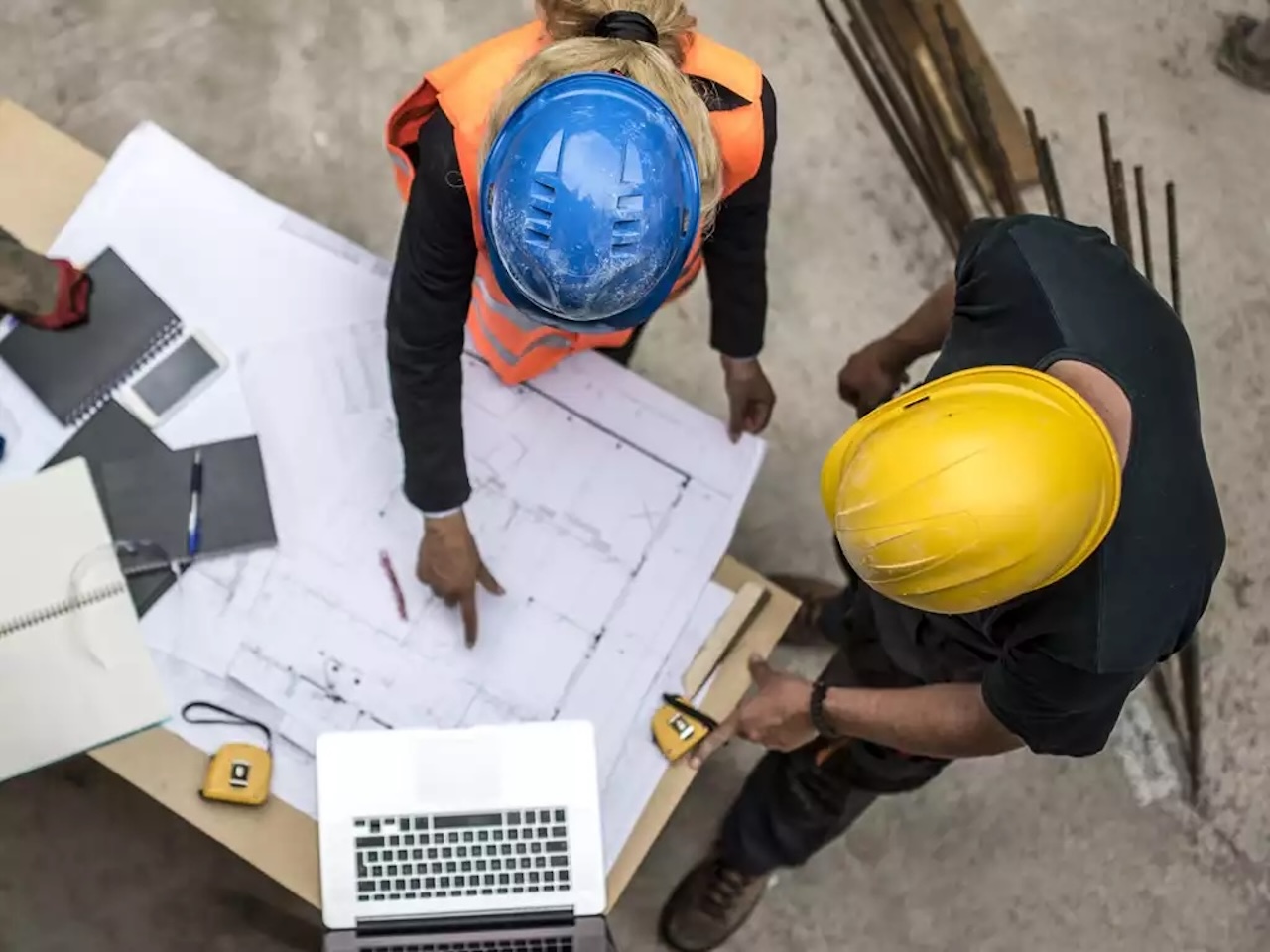
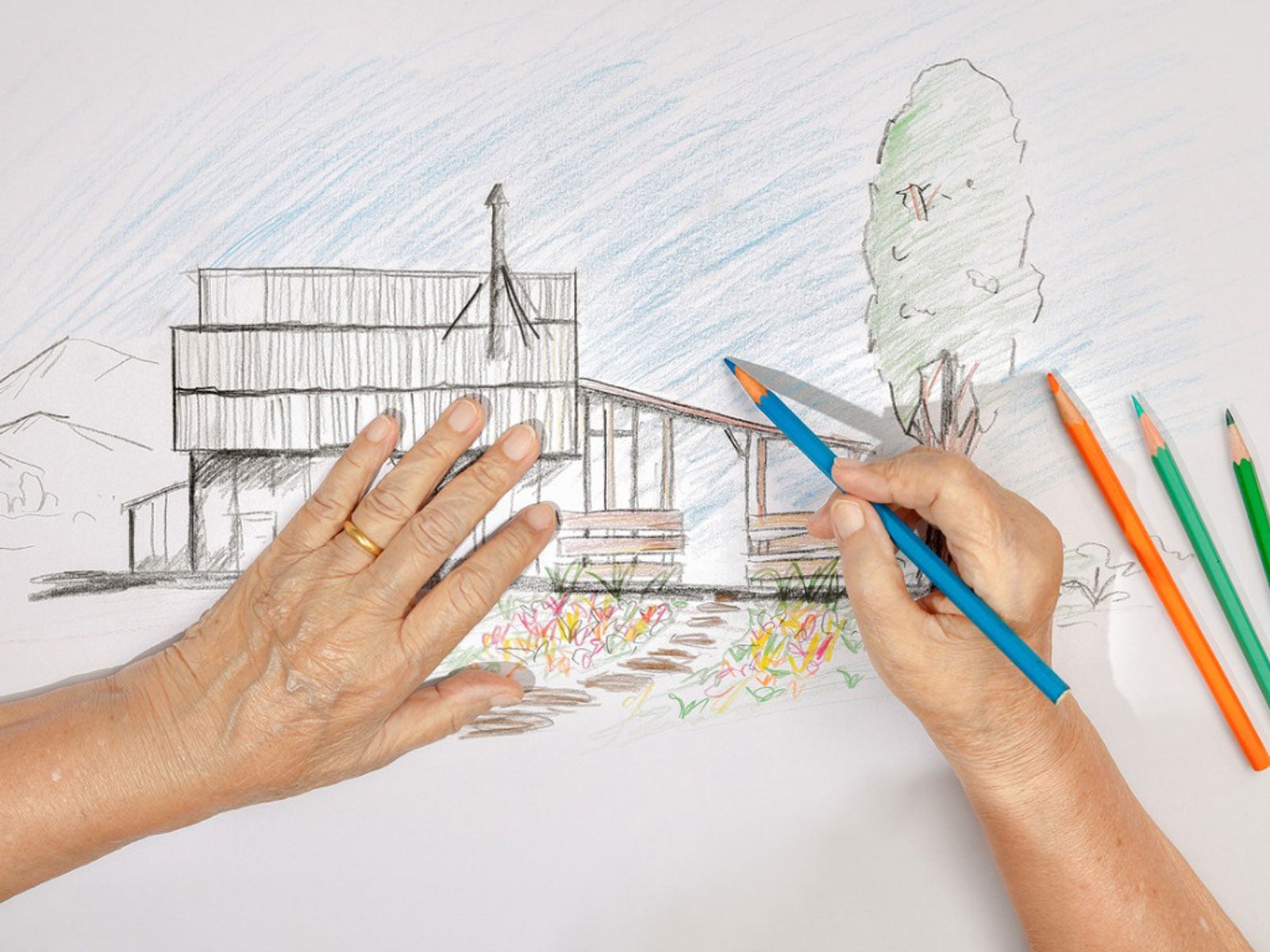

0 thoughts on “How To Become A Construction Draw Inspector”